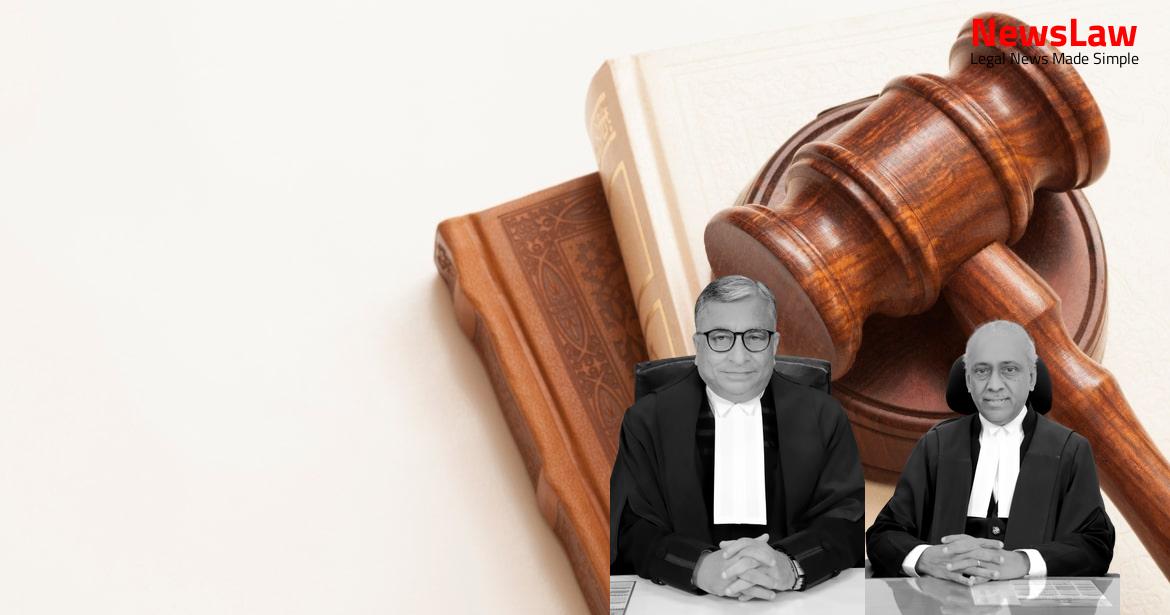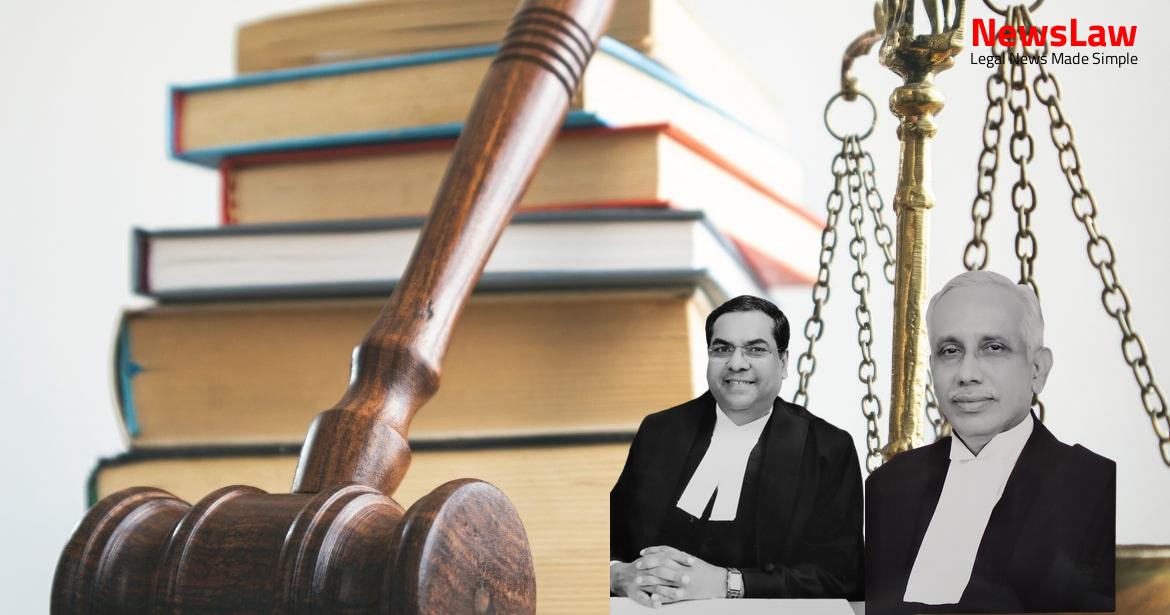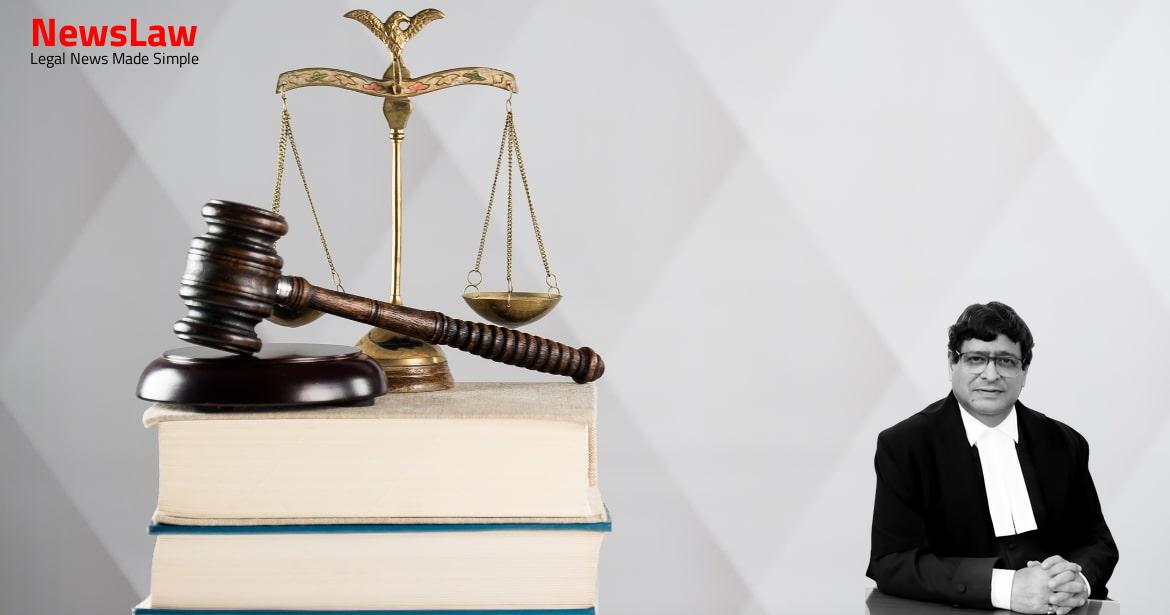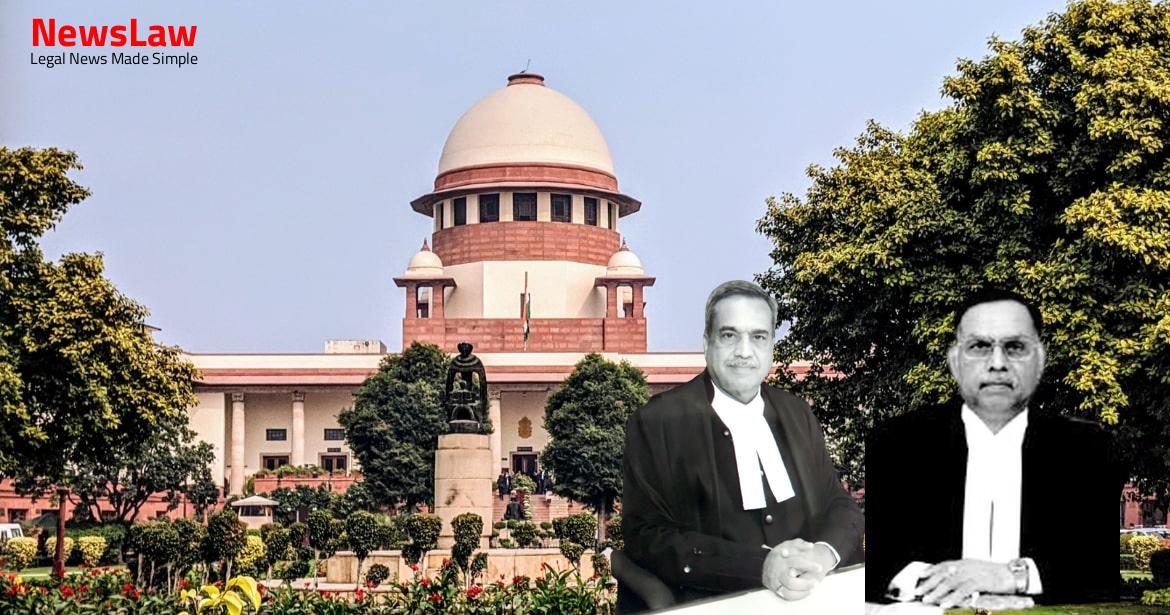At around 12:30 am, near the Jindal Pipe Factory in Ghaziabad, the Respondent no.1 driver hit a standing tempo which was parked on the left side of the road. The Appellant after the accident filed a claim petition before the Motor Accident Claims Tribunal Delhi-II, Dwarka Court, New Delhi claiming a compensation of Rs.20,00,000/- (Twenty Lakhs).
MACT awarded a compensation of Rs.15,76,465/- to the Appellant along with 7.5% interest per annum, the breakup of the same is as follows: Cost Of Artificial limb and its Maintenance Rs. The relevant part of the judgment reads as follows:- “… Upon hearing and on perusal of impugned Award and the evidence on record, I find that on the aspect of discrepancy in timing of the accident, there is no cross- examination of Injured and so, Insurer cannot be absolved from paying the compensation awarded. Therefore, in the facts of instant case, the Tribunal has rightly assessed the “loss of earning capacity” while taking the income of the Injured as reflected in the ITRs.
Subsequently, the Appellant filed a Review Petition No 391 of 2018 before the High Court of New Delhi seeking for enhancement of compensation to Rs.20,00,000/-, and the same was dismissed vide judgment dated 12.10.2018 whilst upholding the judgment passed in the appeal. The Appellant is aged only 37 5 years and will require the limb for the rest of his life, which would mean that the current compensation of Rs.5,20,000/- is inadequate. The High Court has rightly not granted future prospects as the Income Tax Returns of the Appellant has increased despite disability caused from Rs.
To assess the quantum of compensation to be awarded, this Court has to assess whether the permanent disability caused has any adverse effect on the earning capacity of the Appellant, as held by this Court in the case of Sandeep Khanuja Vs. A very myopic view is taken by the MACT in taking the view that 70% permanent disability suffered by the appellant would not impact the earning capacity of the appellant. Some Tribunals wrongly assume that in all cases, a particular extent (percentage) of permanent disability would result in a corresponding loss of earning capacity, and consequently, if the evidence produced show 45% as the permanent disability, will hold that there is 45% loss of future earning capacity. We may however note that in some cases, on appreciation of evidence and assessment, the Tribunal may find that percentage of loss of earning capacity as a result of the permanent disability, is approximately the same as the percentage of permanent disability in which case, of course, the Tribunal will adopt the said percentage for determination of compensation.” The Appellant herein has suffered permanent disability of 70% and has an amputated right lower limb amongst other injuries. In its reasoning, the High Court has stated that the Income tax returns relied upon by the Appellant show that despite the injury the Appellant’s income had subsequently increased and hence it cannot be said that there is a loss of future earnings. Both the Income Tax Returns produced as proof of income were from before the accident took place, and hence the High Court’s finding that the income of the Appellant has increased after the disability is incorrect.
The prosthetic limb also requires repair and maintenance after every 6 months to 1 year, and each repair costs between Rs.15,000 to Rs.20,000/-. The Claimant is entitled to be compensated for his inability to lead a full life and enjoy those things and amenities which he would have enjoyed, but for the injuries.”
“ The purpose of compensation under the Motor Vehicles Act is to fully and adequately restore the aggrieved to the position prior to the accident.”
Also Read: https://newslaw.in/supreme-court/enhancement-of-compensation-in-workmens-compensation-act-case/
As per the current compensation given for the prosthetic limb and its maintenance, it would last the Appellant for only 15 years, even if we were to assume that the limb would not need to be replaced after a few 12 years. dealing with the different heads of compensation in injury cases this Court held that: 5 (1995) 1 SCC 551 13 “Broadly speaking while fixing the amount of compensation payable to a victim of an accident, the damages have to be assessed separately as pecuniary damages and special damages.
Pecuniary damages are those which the victim has actually incurred and which are capable of being calculated in terms of money; whereas non-pecuniary damages are those which are incapable of being assessed by arithmetical calculations. So far as non- pecuniary damages are concerned, they may include: (i) damages for mental and physical shock, pain and suffering, already suffered or likely to be suffered in the future; (ii) damages to compensate for the loss of amenities of life which may include a variety of matters i.e. This is because persons from marginalized sections of the society already face severe discrimination due to a lack of social capital, and a new disability more often than not compounds to such discrimination. It then becomes to duty of the court to translate the provisions of monetary compensation into a fabrication that helps the injured and his family in coping with their loss. 2,00,000/-
Loss due to Disability and Disfigurement Rs. 38,70,120/-
along with 9% interest per annum from the date of making the application.
Case Title: MOHD. SABEER @ SHABIR HUSSAIN Vs. REGIONAL MANAGER, U.P. STATE ROAD TRANSPORT CORPORATION (2022 INSC 1266)
Case Number: C.A. No.-009070-009071 / 2022



